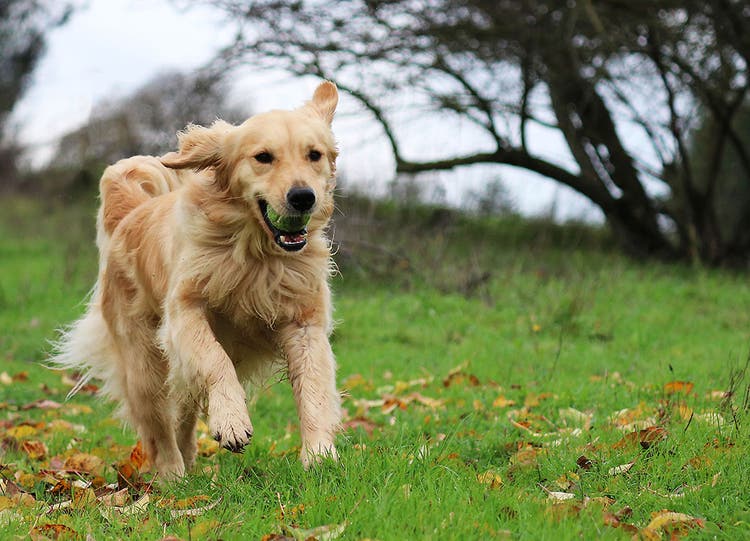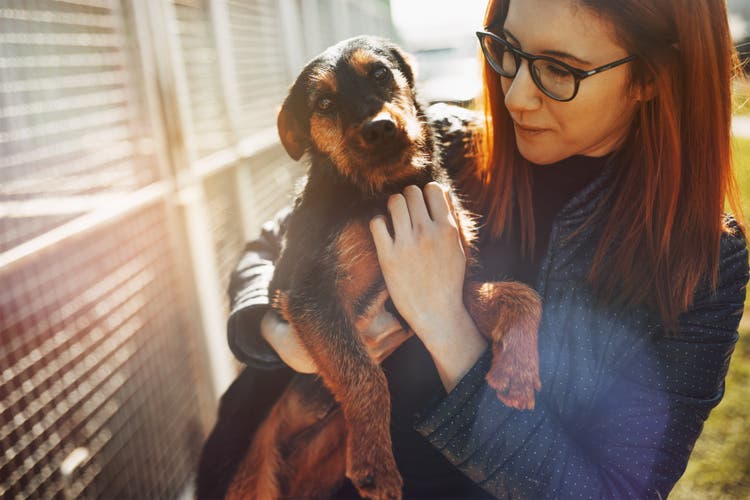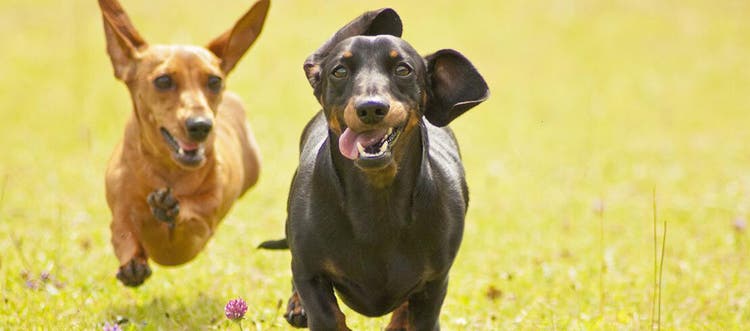Take the following precautions to ensure your dog’s comfort and safety during the long winter months.
Canada is one of the coldest countries in the world. Our winters can be brutal on us – and are equally harsh on our dogs. Some dog breeds handle winter weather better than others, like Huskies, Malamutes, Newfoundlands and Samoyeds. No matter the breed, however, when we go through deep freezes, even the hardiest Canadian dog can suffer and even die from the cold. Here’s what you need to know to keep your dog warm, snug and safe.
How cold is too cold for a dog?
It all depends on the breed, but below zero Celsius smaller dogs and dogs with short coats may feel the cold more than larger dogs or breeds with thick coats. Likewise, senior dogs and young puppies are more likely to suffer adverse effects from the cold than healthy adult dogs. The activity level of your dog should be factored in too, as very active dogs will stay warmer in the winter than sedentary ones.
During extreme cold spells when there’s a high wind chill, outdoor activities should be minimized for all breeds. Thick fur can only insulate your dog so much – their ears, nose, tail and paws are more exposed than the rest of their bodies. Always consider the temperature outside before setting out on a long walk. Remember that you have to walk all the way back as well! When the thermometer drops, it’s safer and wiser to take frequent short walks rather than one long walk. And remember that when the sun drops, temperatures can drop dramatically as well.
How to keep your dog warm and safe this winter
These five tips will keep your dog’s comfort and safety top of mind during the colder winter months.
1. Provide a warm, cozy place to sleep
As a general rule, dogs should not be left to sleep outside during the winter. Even, if you can bring them into the garage, this will make a big difference in keeping them warm. A soft bed and a blanket should provide a warm spot for your pup during the winter. Make sure that it’s away from drafts and ensure that your dog can easily get in and out of it on their own. Avoid heating pads, which can cause burns.
2. Get your dog a jacket or sweater
Breeds with thick coats and dense undercoats thrive when the temperature drops. Breeds with less and finer coats, however, such as Greyhounds, Miniature Pinschers, Chihuahuas and Whippets, require a jacket or sweater to venture outside in the fall, and a warmer down coat during the winter months. Some coats also have fleece or down sleeves that extend down to keep your dog’s legs warmer.
To ensure a proper fit, measure your dog’s size around the neck, across the shoulders and around the chest. Look for designs that provide a snug, but not too tight, fit, and that are free of irritating zippers or embellishments that could be a choking hazard. Most dogs will find wearing a coat odd at first, but with time they will become accustomed to it.
3. Protect your dog’s feet!
All breeds, even those with the thickest fur, can suffer from cold and broken paw pads in the winter. The extended exposure to the cold air and snow can cause your dog’s paws to become dry, itchy, cracked and painful. Salt on the sidewalk is a serious concern for all dogs. On top of being painful, ice-melting chemicals on the sidewalk can be harmful if left on their skin or ingested.
Grooming your dog’s feet in winter can help. If your dog has long hair, trim the fur between their toes and around their paw pads. This helps prevent painful ice balls from building up between their toes, reduces the amount of salt and de-icing chemicals that remain on their feet, and helps you treat their feet more effectively after their walks.
After each walk it may be helpful to wipe off your dog’s feet to remove any chemical de-icers, snow or debris. At the same time, you can inspect their paws for cracks and dryness. Once their paws are dry you can apply a paw balm or petroleum jelly to sooth any irritation. Paw balm or petroleum jelly should also be applied before each walk, to create a protective layer on your dog’s feet. Never use a human moisturizer on a dog’s paws.
If it is extremely cold or there is a lot of deicer on the sidewalks, you may want to use dog booties. They can be a challenge to put on and off and most dogs aren’t delighted to wear them. Once dogs get used to wearing booties, however, they can make a big difference in keeping your dog’s feet comfortable during the long winter months.
4. Avoid leaving your dog outdoors for extended periods
Always supervise your dog when they’re outside in the winter. If they spend too much time romping around a cold backyard their ears, tail and paws may be susceptible to frostbite. Dogs should also not be left in cars during frigid snaps. The SPCA strongly recommends that all dogs sleep indoors in the winter, even winter breeds.
5. Know the signs of hypothermia
If a dog is left outdoors in very cold weather, their body temperature can fall below normal levels and they can develop hypothermia. Hypothermia occurs when pets are exposed to freezing temperatures for too long, or if they have cold, wet fur in high winds. Mild hypothermia makes dogs weak and inactive, and they can’t stop shivering. As hypothermia gets worse, dogs become unresponsive, and their breathing and heart rate slow. If you notice any of these symptoms, get your dog to a warm place immediately, and take them to a veterinarian without delay. Hypothermia is an extremely serious condition and can quickly be fatal.
Other important winter safety tips for your dog
- Never let your dog off leash during a snowstorm, as they can quickly lose their way and become lost.
- Keep antifreeze out of reach and out of sight, as it is extremely toxic to dogs.
- Dogs can and should continue to exercise in the colder months. Just remember to exercise gently for the first five minutes. Like humans, dogs need to warm up their muscles, too.
- If you’re both stuck inside during a deep freeze, why not take that time to practice commands, teach new tricks or hide treats in toys? It’s a great way to help your dog burn energy and keep you both entertained until it’s warm enough to get outside to play again!









